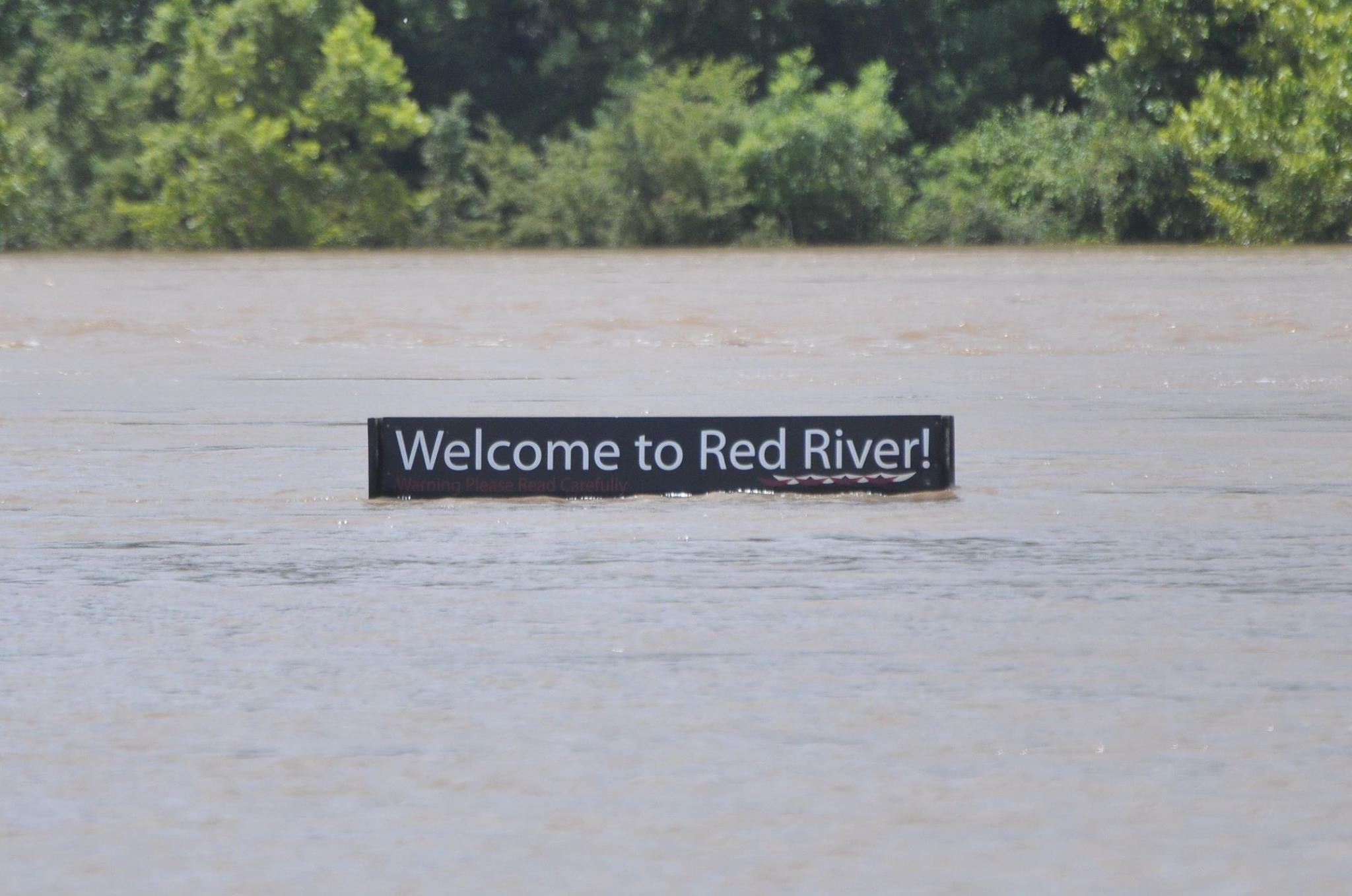251
SHREVEPORT — It's still too early for any official forecast of the Red River's crest at Shreveport, the National Weather Service said Sunday.
"The rise is going to occur during the last few days of June and early July," meteorologist Patrick Omu

This photo was taken June 11, 2015 while the Red River was above flood stage. Courtesy Photo/ Bossier Parish Sheriff's Office


